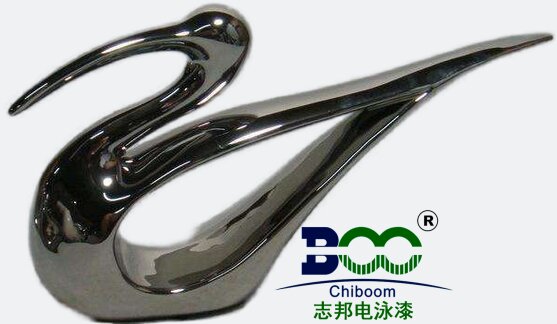What are the advantages and disadvantages of electrophoretic paint
What are the advantages and disadvantages of electrophoretic paint
Electrophoretic Paint: An In-depth Look at Its Advantages and Disadvantages
Electrophoretic paint, as an essential component of modern coating technology, has been widely applied in industries such as automotive, machinery manufacturing, and household appliances. This coating method involves using an external electric field to cause pigment and resin particles suspended in the electrophoretic fluid to migrate directionally and deposit on the surface of one of the electrodes, forming a uniform coating film. Although electrophoretic paint boasts numerous advantages, it also has somedisadvantages. Next, we will delve deeper into the pros and cons of electrophoretic paint.
Advantages of Electrophoretic Paint:
High Efficiency and Automation: Electrophoretic coating can achieve complete mechanization and automation, significantly improving labor productivity. This coating method is especially suitable for mass production on assembly lines, significantly reducing labor intensity.
Excellent Coating Performance: Electrophoretic coatings have high throwing power, allowing them to easily penetrate into the bag-like structures and crevices of coated objects, making them suitable for surface coating of irregular conductive materials. Moreover, the high conductivity of the electrophoretic bath allows the paint ions to move quickly under the electric field, forming a uniform and fine coating film. This coating film has excellent corrosion resistance, significantly improving the corrosion resistance of the workpiece's interior, welds, and edges.
High Paint Utilization Rate: The utilization rate of electrophoretic coatings is over 95% or even 100%. Due to the low solid content and viscosity of the bath, the amount of paint carried out by the coated object is small, especially with the application of ultrafiltration technology, which greatly improves paint recovery.

Environmental Protection and Safety: Electrophoretic coatings are primarily water-based, causing less pollution and being less prone to causing fires. Additionally, they contain low solvent content, beneficial for environmental protection and production safety.
Excellent Coating Effect: Electrophoretic coatings form a smooth, glossy, and slightly shiny coating film with superior mechanical properties. This coating film is insoluble in water, free of sagging or dripping, and particularly suitable for coating complex-shaped workpieces, mainly those with inner cavities.
Disadvantages of Electrophoretic Paint:
Limitations: Electrophoretic coating is limited to conductive materials and is primarily suitable for metal parts. It cannot be directly applied to non-conductive materials such as plastics and wood.
High Curing Temperature: Electrophoretic coatings require a relatively high curing temperature, making them less suitable for materials sensitive to thermal baking, which may lead to damage or deformation during the coating process.
Limited Color Options: Cathodic electrophoretic coatings used as base coatings tend to have limited color options, limiting their application in multi-color coating areas.
Production Costs: Once an electrophoretic line is operational, it generally cannot be stopped easily and should operate at full capacity. Lower production volumes can increase production costs. Moreover, electrophoretic coating equipment is complex, requiring significant investment and high electricity consumption.
Wastewater Treatment: Wastewater generated during the electrophoretic coating process needs to be treated to meet environmental requirements, increasing the company's environmental pressure and treatment costs.





 WeChat
WeChat